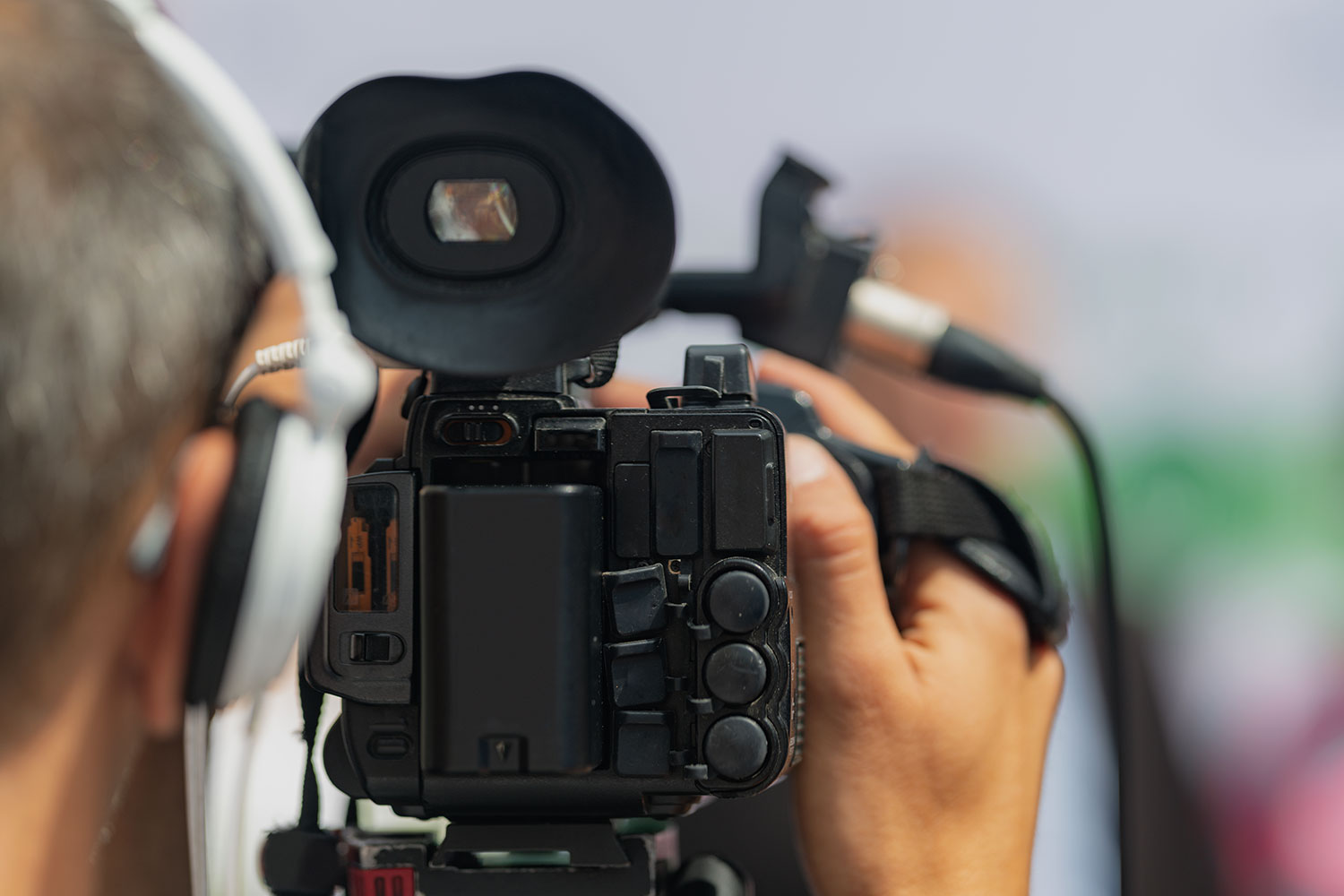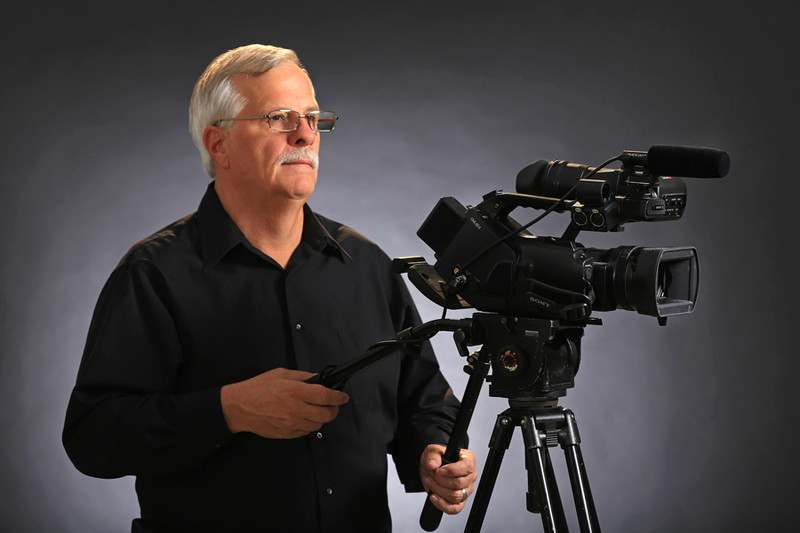How Legal Videography Has a Crucial Role in Modern Legal Practices
How Legal Videography Has a Crucial Role in Modern Legal Practices
Blog Article
Why Legal Videography Is Critical for Accurate Court Recordings
The duty of lawful videography in court room setups can not be overemphasized, as it serves as a vital tool for maintaining the stability of court records. The implications of integrating legal videography into basic court room methods raise vital questions about its wider impact on the legal system.
Importance of Visual Proof
In the realm of lawful procedures, the relevance of visual proof can not be overstated. Aesthetic evidence works as a powerful device in establishing truths, affirming statements, and boosting the total clearness of a situation. This sort of proof, that includes photos, video clips, and representations, can offer a concrete context that spoken descriptions commonly do not have, consequently offering courts and courts a clearer understanding of the conditions bordering an instance.
Additionally, aesthetic evidence help in the retention of details. Human cognition is naturally visual, and individuals are most likely to keep in mind and comprehend information provided in a visual style. In the court, this can be critical, as engaging visual evidence can sway viewpoints and strengthen the narrative offered by legal representatives.
Additionally, using visual proof can reduce misconceptions and uncertainties that frequently develop from verbal exchanges. By offering a straight representation of events, aesthetic proof aids to eliminate subjective interpretations and cultivates a more objective exam of the facts. The combination of aesthetic proof into legal proceedings not just enhances the honesty of the judicial process yet additionally improves the possibility of attaining a just result.
Catching Non-Verbal Signs
Making use of advanced videography methods can substantially enhance the capture of non-verbal signs throughout legal procedures. Non-verbal interaction, including face expressions, body language, and eye get in touch with, plays an essential role in communicating emotions and purposes that may not be explicitly specified in spoken statement. legal videography. Legal videography uses high-definition electronic cameras and tactical angles to make certain that these subtle cues are videotaped with clearness and precision
The capacity to evaluate non-verbal behavior can provide useful context to statements made during court sessions. For instance, a witness's hesitation or self-confidence can be analyzed via their position or gestures, possibly influencing the jury's perception of reliability. The use of close-up shots can assist focus on an audio speaker's expressions, allowing for an extra nuanced understanding of the testimony.
Additionally, incorporating numerous camera angles can develop an extensive sight of interactions, highlighting characteristics in between celebrations entailed. This multifaceted strategy not just enhances the accuracy of the court record however likewise help in protecting the integrity of the judicial procedure - legal videography. Eventually, recording non-verbal signs with legal videography cultivates a richer, much more full depiction of court room procedures

Enhancing Testimony Reliability
The integrity of testimony can be substantially bolstered through the usage of premium lawful videography. Video recordings function as an unbiased tool that records not only the talked words of witnesses but likewise the subtleties of their delivery, consisting of tone, pacing, and emotional expressiveness. This diverse documents offers a clearer understanding of the witness's reliability and objectives, which can be crucial in lawful proceedings.
Moreover, lawful videography decreases the capacity for misconceptions that might develop from composed transcripts alone. When jurors can observe a witness's demeanor and body movement combined with their statement, they are better furnished to examine the authenticity and dependability of the evidence provided. This aesthetic context can enhance the testimonial story, making it a lot more compelling and credible.
Furthermore, the visibility of a video recording can hinder possible incongruities in testament. Witnesses may be much more cautious in their declarations when they know they are being recorded, causing more precise and genuine accounts. On the whole, top quality legal videography improves the honesty of statement, guaranteeing that the court has access to a full and truthful representation of the realities as communicated by the witnesses.
Sustaining Appeals and Reviews
Lawful videography plays a crucial role in sustaining allures and testimonials by providing a thorough aesthetic record of courtroom procedures. This visual documents captures not just the spoken words of witnesses and attorneys but also the nuances of body movement, intonation, read more and court characteristics. Such aspects can be essential in recognizing the context of testimonies and debates presented.
In the appellate process, where the emphasis gets useful reference on errors of law and procedural justness, a video record can act as an essential tool for appellate courts. It makes it possible for courts to evaluate the original test context, making certain that choices are based upon a complete understanding of the process. The ability to visually examine the disposition of witnesses or the communications in between celebrations can disclose understandings that written transcripts might forget.

Furthermore, lawful videography can help in making clear obscurities in statements or step-by-step rulings, thus strengthening the basis for an appeal. By providing a reliable, unbiased account of what transpired in court, legal videography not just sustains the honesty of the lawful process however likewise equips all celebrations included to make enlightened choices regarding their instances.
Improving Courtroom Processes
Enhancing courtroom performance, legal videography simplifies processes by offering instant access to aesthetic records of proceedings. This modern technology allows courts, lawyers, and courts to review critical testimony and proof, ensuring that all events have a clear understanding of the instance. By capturing the nuances of spoken and non-verbal communication, videography enriches the record, making it simpler to grasp the context and weight of statements.

Additionally, video recordings can assist in remote engagement in hearings, enabling higher adaptability in organizing and participation, which is specifically beneficial in intricate cases involving multiple stakeholders.
Conclusion
In verdict, legal videography plays a vital role in making certain precise court recordings by providing important visual proof that records both verbal and non-verbal interaction. This technique enhances the reliability of testimonies, supports appellate testimonials, and streamlines court room procedures. By promoting a thorough straight from the source understanding of court room characteristics, lawful videography eventually contributes to more fair judicial outcomes, enhancing the integrity of the legal system and promoting informed decision-making.
Report this page